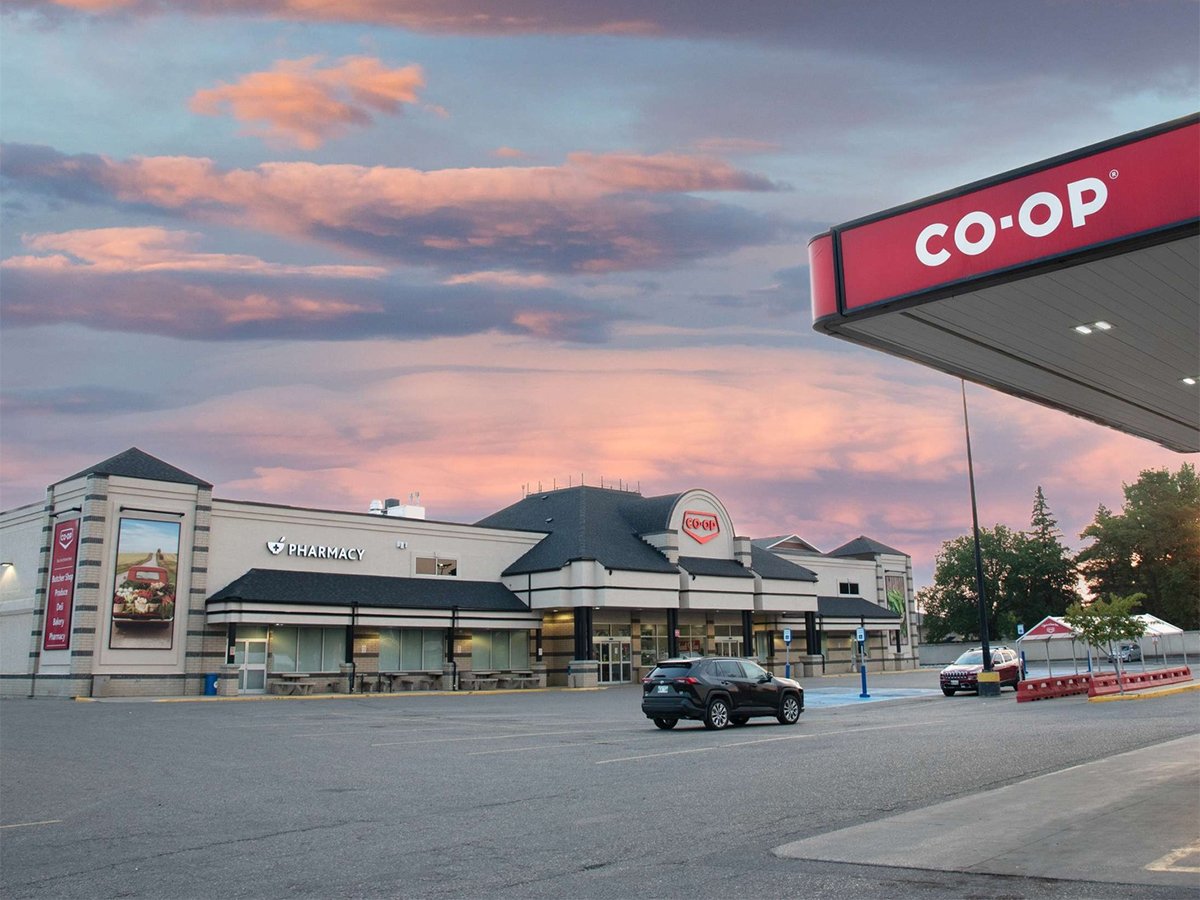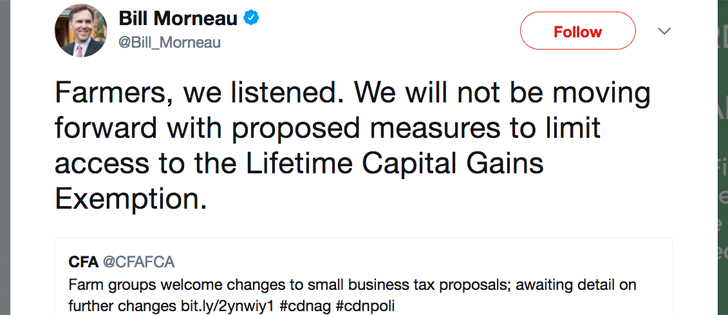It’s becoming increasingly evident that the grain sector in Saskatchewan and Alberta is going to take a big financial hit this year, leaving many producers to regret some of their recent business decisions.
It’s still difficult to judge the production shortfall. Even farmers looking at their own crops have a tough time estimating where the yield will end up.
However, yields will likely be the lowest in more than a decade over a huge portion of the western Prairies.
A few long-range weather forecasters had suggested a drier trend for the growing season, but no one foresaw a drought of this magnitude. Without abundant subsoil moisture going into the spring, crops would already be write-offs in many areas.
Read Also

Farmer ownership cannot be seen as a guarantee for success
It’s a powerful movement when people band together to form co-ops and credit unions, but member ownership is no guarantee of success.
Strengthening grain prices will help cushion the financial blow in areas that can salvage a reasonable crop, but stronger prices won’t come close to compensating for the overall production shortfall. And there will be many producers, this one included, who regrets locking in prices on some commodities.
Establishing a price on a third of what you hope to produce is generally viewed as a good strategy, particularly if there’s an Act of God clause in the contract to protect you in the event of a contract shortfall.
Lock in a good price and if prices go even higher, show no regret. You’ll still be able to sell your over-contract production at the higher price.
Of course, this doesn’t work if you have little or no overproduction. You’re stuck with a drought-reduced crop that you have to sell at pre-drought prices. It’s even worse if you’re on the hook for a shortfall and have to buy out the contract.
Another common regret will be the purchase of extra storage capacity.
It can be a mistake to wait and see how the crop looks before deciding to buy bins. In some years, you might not be able to get what you want erected in time for harvest.
This year, new bins on many farms won’t see any grain until some point after 2015. While bins are a long-term asset that will be used eventually, this isn’t turning out to be an opportune year for spending money on additional storage.
The same regret may exist on new equipment purchases and leases. Those decisions may have been predicated on growing at least an average crop.
If you’re in the first year of a new land rental agreement, you may have regrets about the cash rent you’re paying. If you’ve bought land in recent years, the payments may stretch your cash flow more than you budgeted.
If you dropped your off-farm job in the last year or two to devote more time to farming, you’re likely to miss that predictable, regular income.
Crop insurance yield guarantees start to look unreasonably low after good crops for a number of years. Every year, there are producers who decide to save a few dollars on premiums by reducing their crop insurance coverage. Cutting coverage from 80 percent down to 70, 60 or 50 could be an expensive decision.
Federal and provincial governments are likely heaving a sigh of relief. Without the significant changes to AgriStability a few years ago, they’d be facing dramatically higher liability right now.
Many producers have dropped out of the program in recent years, and this widespread drought will be an interesting test. If there’s ever a year when significant AgriStability payouts are generated, this should be it.















